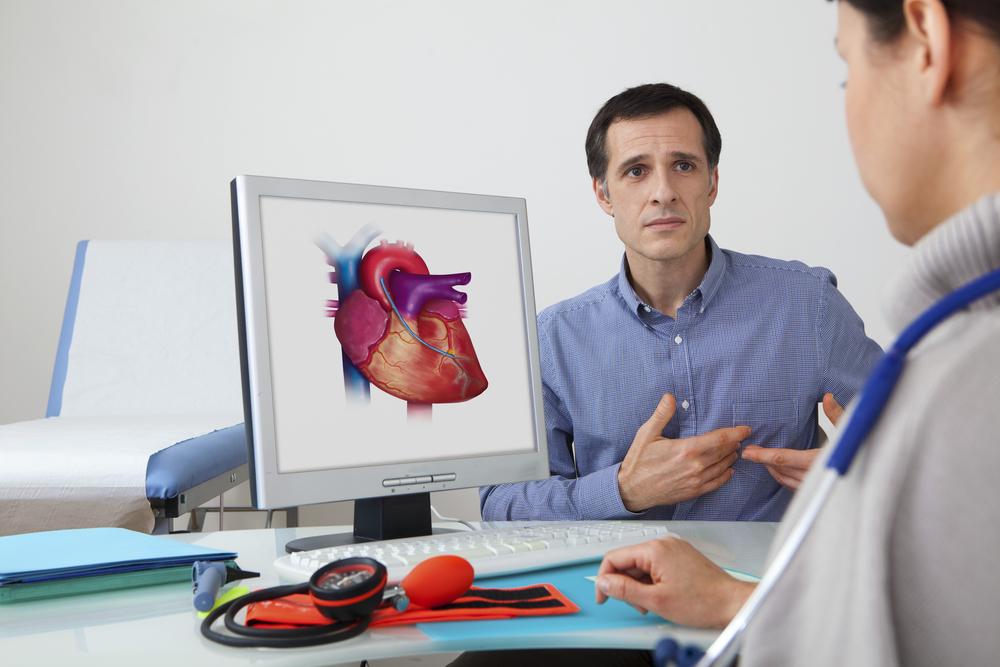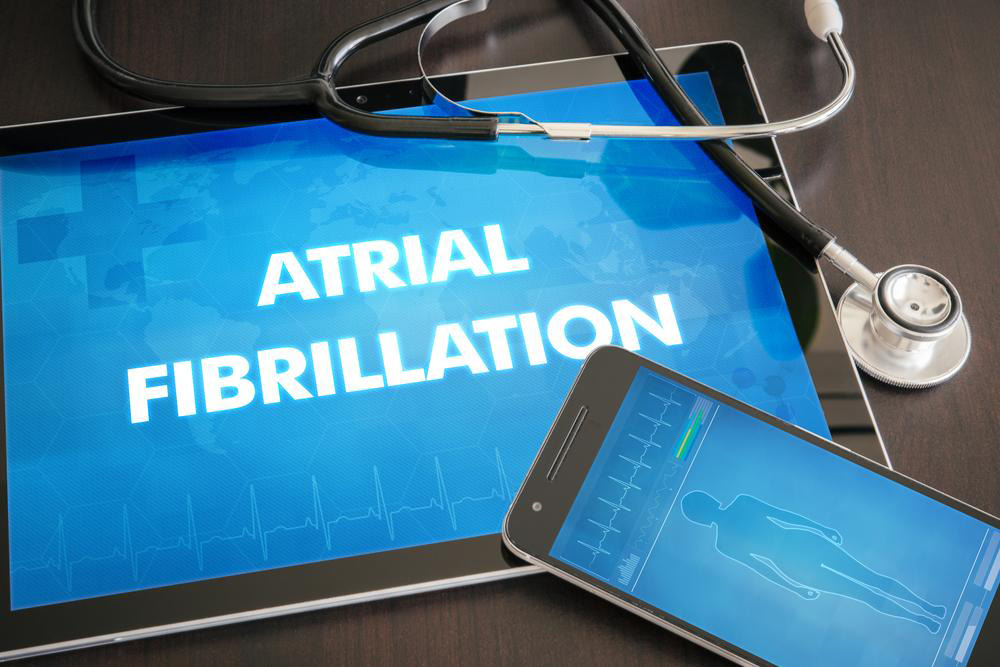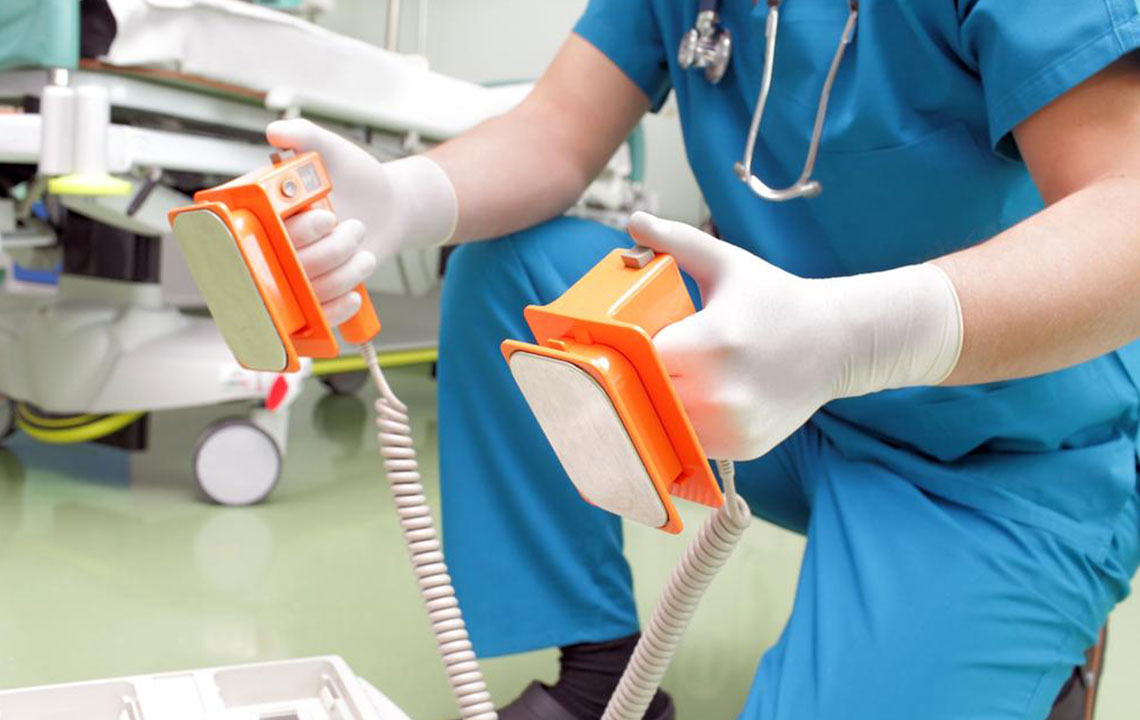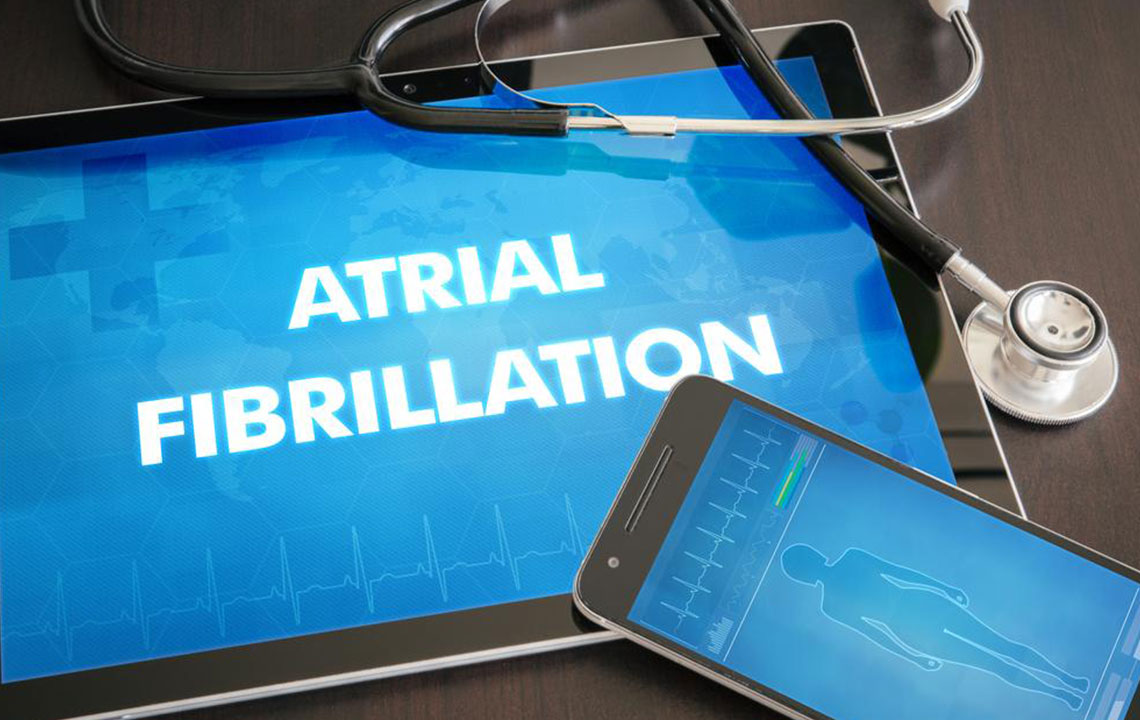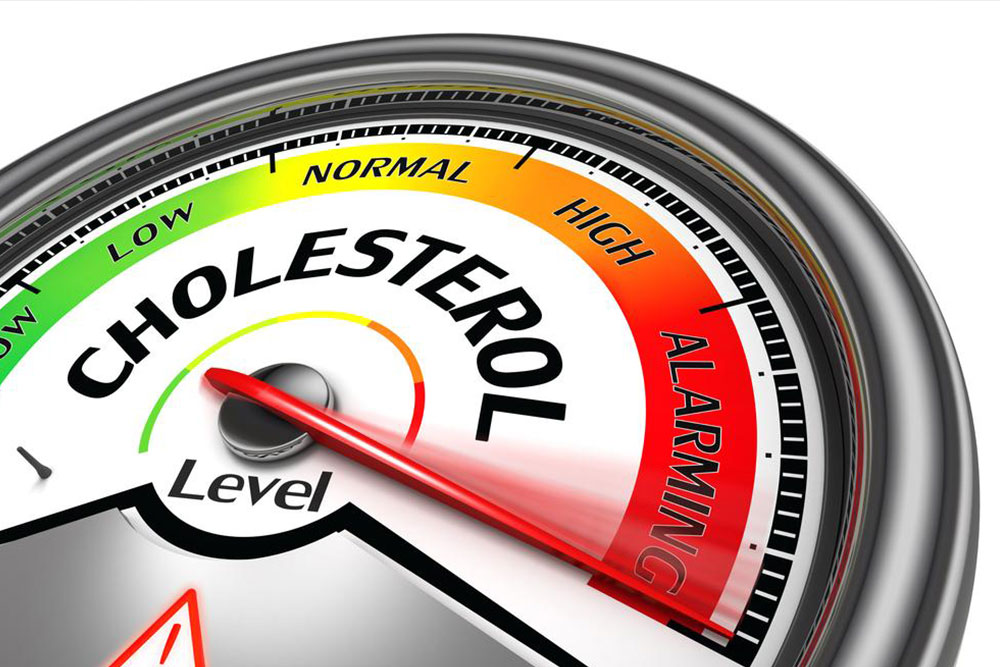Understanding Atrial Fibrillation: Causes, Symptoms, and Treatments
This article offers a comprehensive overview of atrial fibrillation, including its causes, symptoms, and various treatment options. It explains how the heart's electrical system works, what happens during AFib, and how it impacts health. The piece details medical, technological, and surgical interventions used for management, emphasizing the importance of timely diagnosis and adherence to treatment plans. Suitable for patients and caregivers, it promotes awareness of AFib risks, symptoms, and therapies to help maintain a good quality of life despite the condition.

Understanding Atrial Fibrillation: Causes, Symptoms, and Treatments
Introduction to Atrial Fibrillation
The human heart comprises four chambers: two atria and two ventricles. The right and left sides are separated by a septum, ensuring proper blood flow. The right atrium receives deoxygenated blood from the body, while the left atrium gets oxygen-rich blood from the lungs. Coordinated contractions between these chambers maintain effective circulation. The sinoatrial (SA) node acts as the heart's pacemaker, regulating rhythm autonomously. Disruptions in this system can lead to irregular heartbeats, one common issue being atrial fibrillation.
In atrial fibrillation, the atria beat irregularly and rapidly, compromising efficient blood flow. While often not immediately life-threatening, AFib raises risks for heart failure, strokes, and other complications. It can be episodic, returning to normal on its own (paroxysmal), or persistent, requiring medical attention. Symptoms include palpitations, chest discomfort, dizziness, fatigue, and shortness of breath. Some individuals remain asymptomatic. Prompt medical consultation is essential, especially if chest pain occurs, signaling a possible heart attack.
Treatment aims to restore normal rhythm, control heart rate, prevent blood clots, and reduce stroke risk. Strategies involve medication, electrical procedures, or invasive interventions. Anti-arrhythmic drugs like Dofetilide, Propafenone, and Amiodarone are used for rhythm restoration—called cardioversion. Electrical cardioversion involves delivering shocks to reset the heart's rhythm. For persistent AFib, catheter ablation targets abnormal electrical pathways, burning tissues causing irregular signals. Surgical procedures, such as Maze, create scar patterns to block errant signals. Blood thinners like Warfarin, Dabigatran, Rivaroxaban, and Apixaban help prevent clots, with strict adherence to medical guidance. With proper management, many live normal lives despite AFib.

